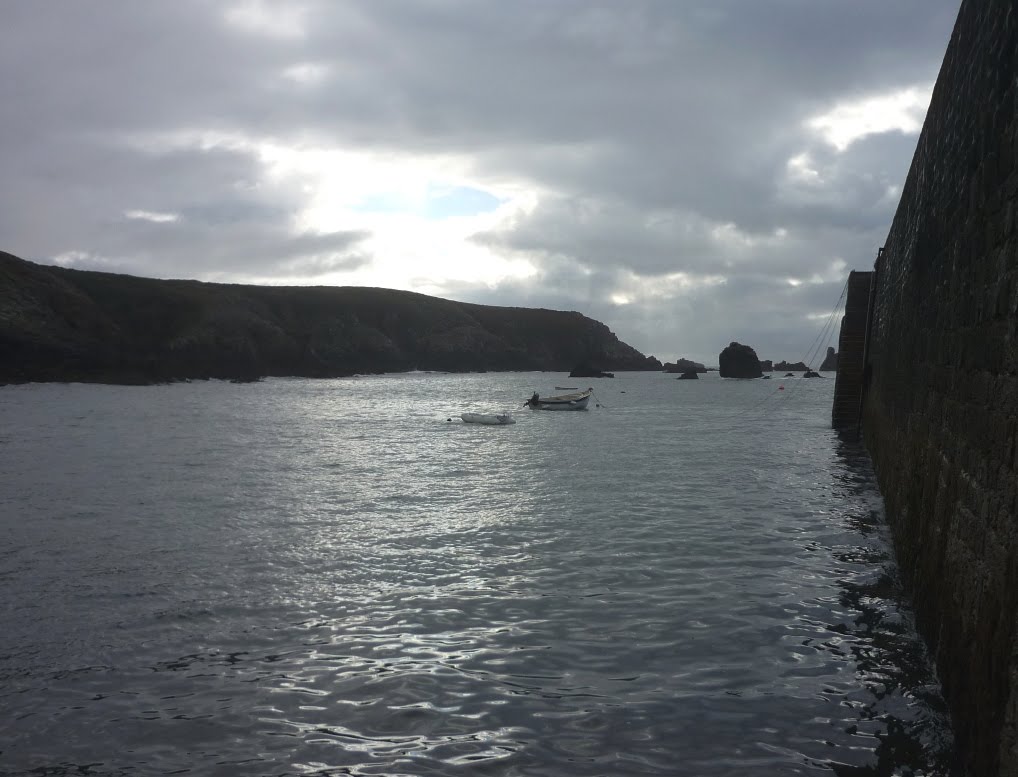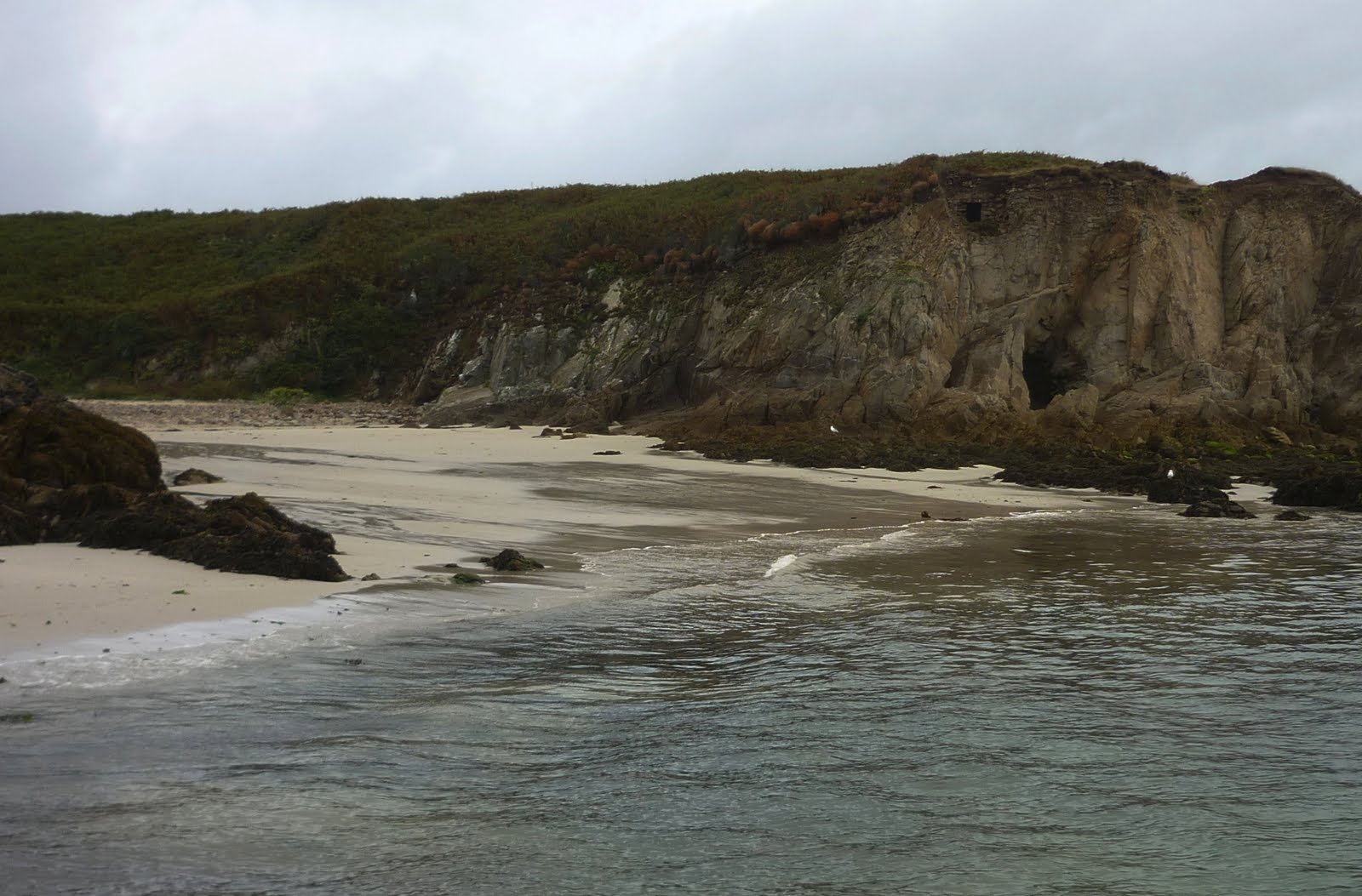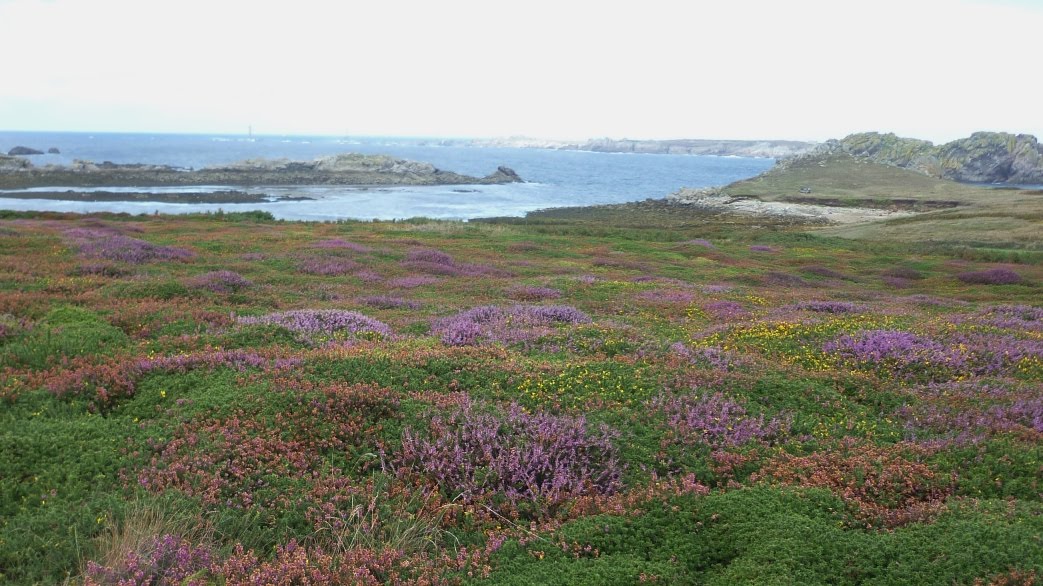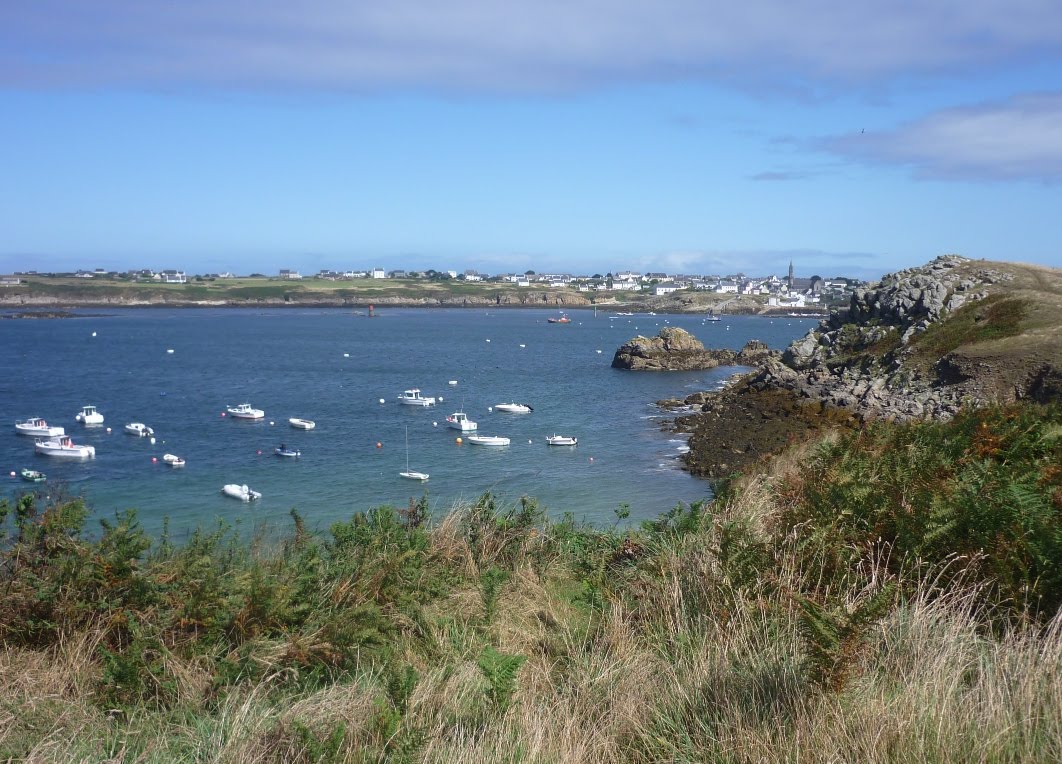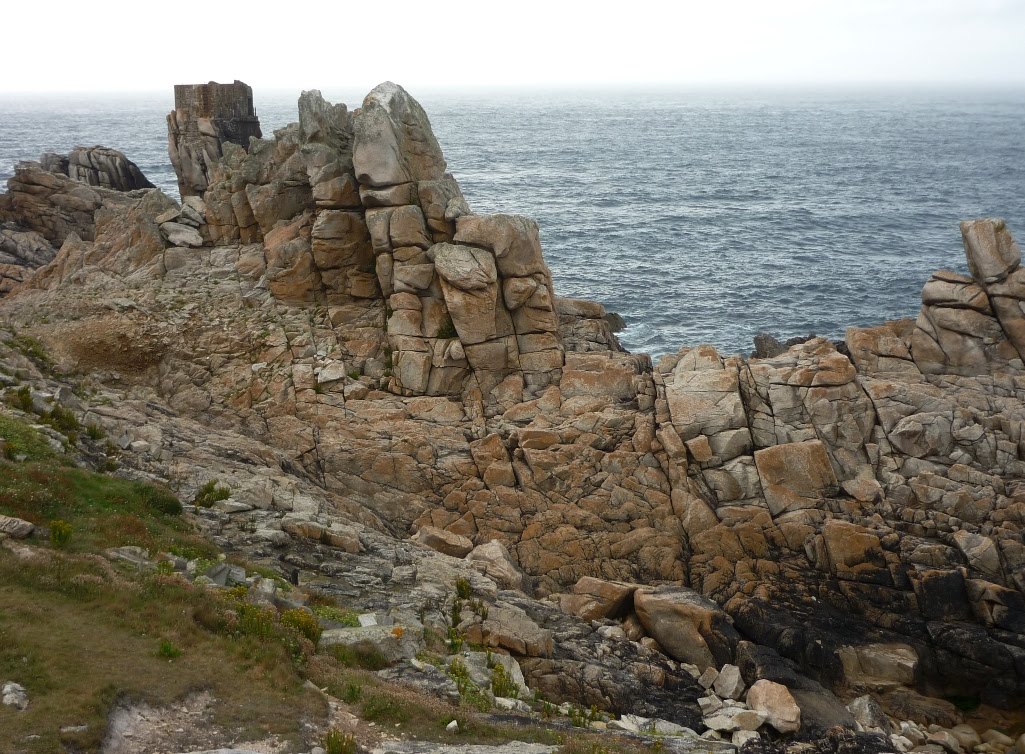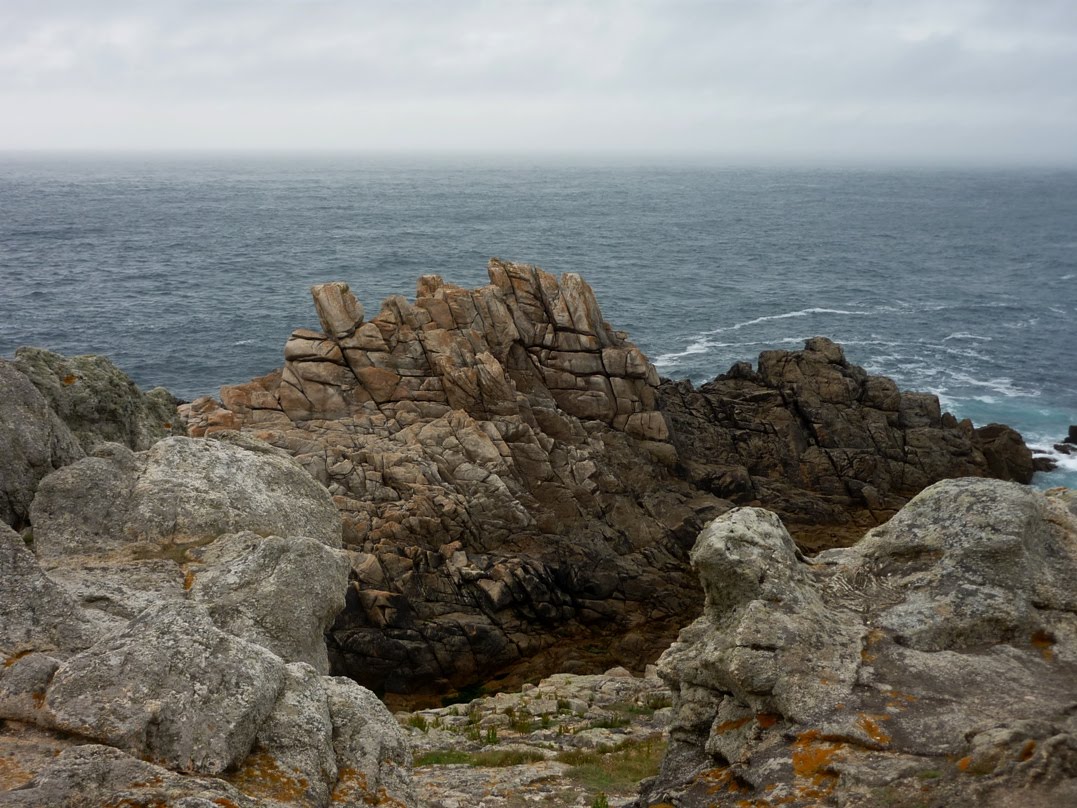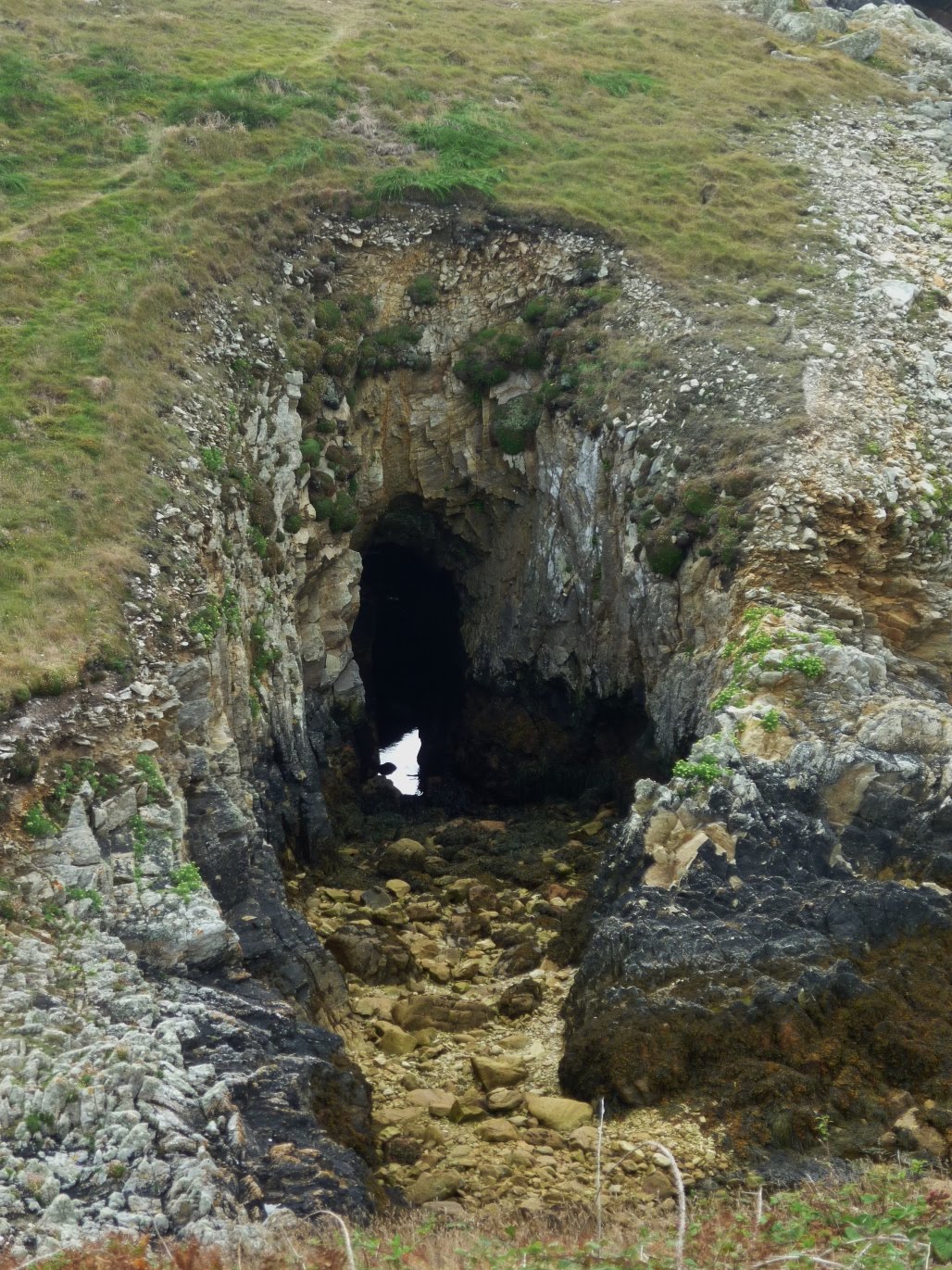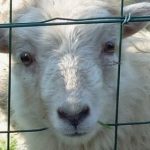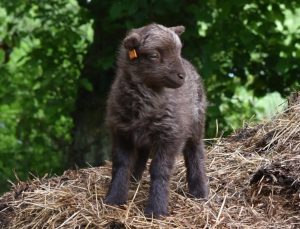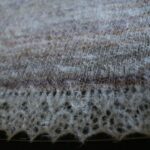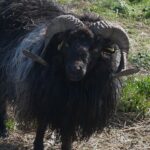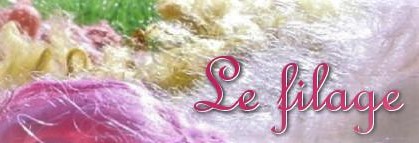L’Ile d’Ouessant : quelques vues autour de la côte
The Island of Ouessant (Ushant in English or Enez Eussa in Breton), is a mythical island. Located 20 KM (12.5 miles) off the French coast in the Sea of Iroise, the Island of Ouessant is surrounded by threatening outcrops of craggy granite rocks that bear witness to a history littered with the wreckage of ships. As such it has clearly merited being called “The Island of Horror” and “The Island of Shipwrecks”.
At the same time, as terrifying as they might be for a sailor, these craggy outcrops of granite and the wild coastline of the island come together to create a magical environment where the imagination takes over. Breathing in the salt air and contemplating the heath shrouded in fog, I cannot help but imagine a distant time when there were 6,000 sheep on the island. Now that would have been something to see !
Unfortunately, there are no longer any little black sheep on the island of Ouessant. But the wild coastline and its craggy outcrops of granite are still there and they still stir the imagination.
L’île d’Ouessant, ou Enez Eussa en langue bretonne, est une île mythique. Située à 20 kilomètres au large des côtes françaises dans la Mer d’Iroise, l’’île d’Ouessant est entourée d’écueils menaçants qui témoignent d’un passé jonché d’épaves. Ainsi, l’’île d’Ouessant mérite largement ses sobriquets tels que “l’’île de l’épouvante” ou “l’’île des naufrages”.
Cependant, aussi terrifiants qu’ils soient pour les navigateurs, ses récifs et l’ensemble de ses côtes sauvages s’unissent pour faire un lieu magique où l’imaginaire prend le dessus. En respirant l’air iodé et en contemplant les landes ensevelies sous la brume, je ne peux pas m’empêcher d’imaginer les temps jadis quand le cheptel ovin de l’île était de 6000 têtes. Que ça aurait été vraiment quelque chose à voir !
Malheureusement, il n’y a plus de petits moutons noirs sur l’’île, mais la côte sauvage et ses récifs sont toujours là et font toujours rêver.
